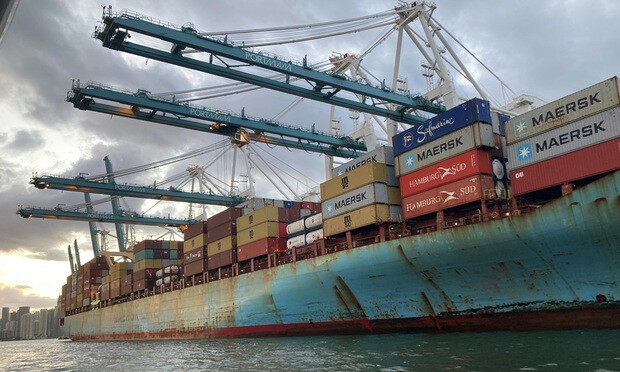Industrial Transactions Slow as Sale Prices Slip from Record Highs

Industrial transactions in the United States totaled $27.6 billion during the first half of the year, with properties trading at an average of $130 per square foot, according to Yardi Matrix’s latest national industrial report. Although Southern California has seen strong recent demand, sale prices in the region—including the Inland Empire, Orange County, and Los Angeles—have started to recede from record highs. The report notes that while tariffs and declining port traffic may continue to apply some downward pressure on sale prices in the coming years, further significant price reductions are not anticipated. "Demand in the region may soften, but the ports will remain crucial to the nation’s commerce," Yardi Matrix stated.
Despite this robust economic activity, the national industrial vacancy rate climbed to a high-water mark in June, reaching 9%. This increase reflects normalized demand and slowing absorption following the delivery of more than 2 billion square feet of new space between 2020 and 2024. Many firms, particularly in logistics and retail, are choosing to optimize existing supply chains and delay leasing decisions amid ongoing uncertainty over tariffs.
Nevertheless, several long-term drivers continue to underpin the industrial sector. These include reshoring and nearshoring of manufacturing, the ongoing expansion of data centers, and a persistent shift toward e-commerce and omnichannel retail. Yet the pace of new supply may moderate in response to mounting challenges. In addition, new tax legislation could alter development dynamics: a reduction in tax credits for electric vehicles included in the One Big Beautiful Bill Act may affect the Battery Belt—an area stretching from Georgia to Michigan, home to numerous electric vehicle battery plants. The report cautions that it will take time for the full effects of the new tax law to be felt, but some projects may become financially untenable without the incentives.
Amid these changes, national in-place rent for industrial space averaged $8.60 per square foot in June—rising 6 cents from May and marking a 6.2% increase year over year. Coastal port markets and Sun Belt logistics hubs with significant population growth led the nation in rent growth. Miami saw rents rise 9.4% year over year, while Atlanta—a major Southeast hub for third-party logistics providers—recorded an 8.5% increase.
Industrial construction also remains active, with more than 341 million square feet of space underway nationwide, representing 1.7% of total stock. Nearly 147 million square feet have already been completed this year. Yet developers in Southern California in particular face significant barriers to entry, including local opposition, land scarcity, and stricter regulations that introduce new building standards and restrict truck routes, all of which could slow the pace of new construction, the report noted.
Source: GlobeSt/ALM